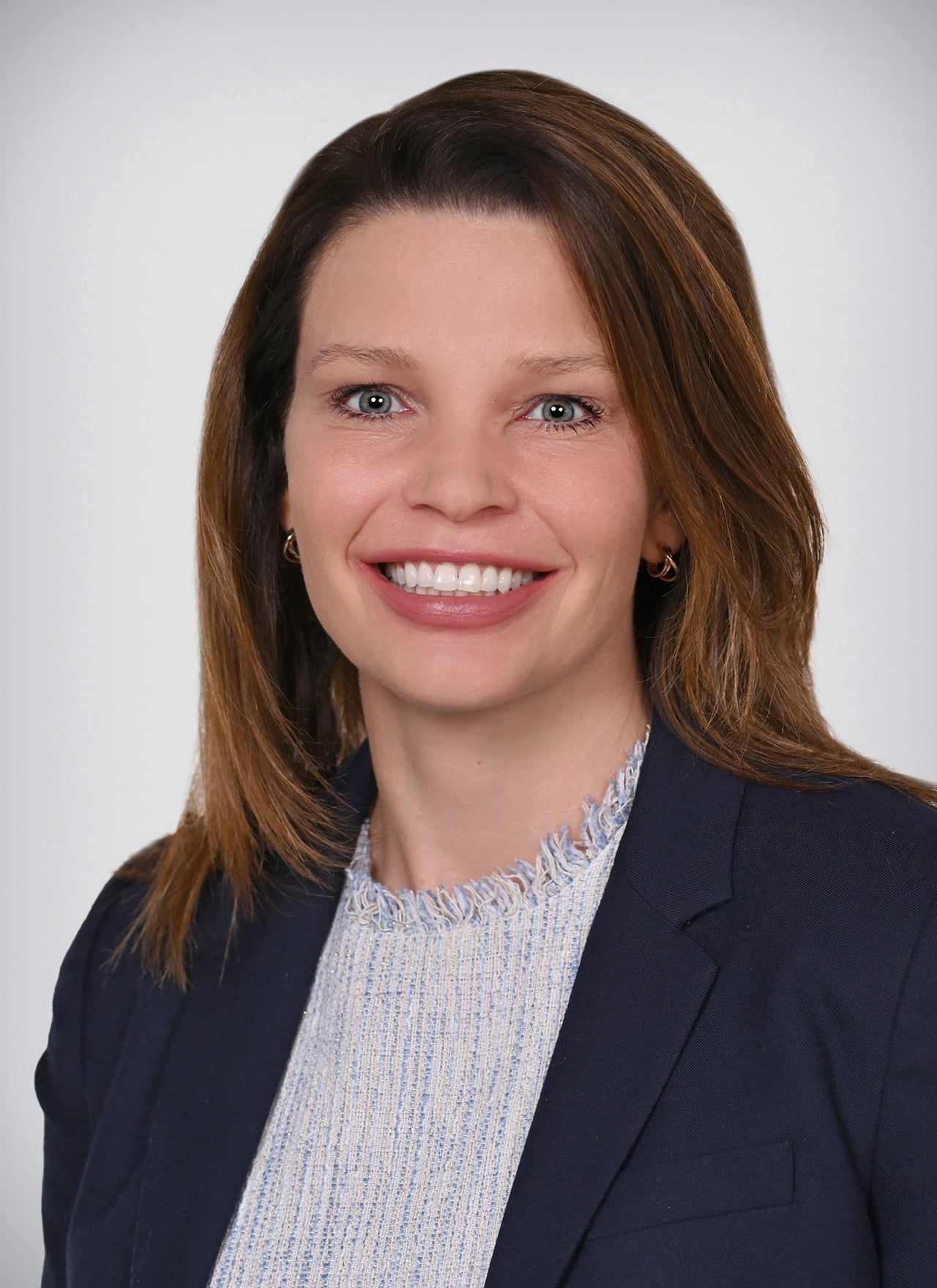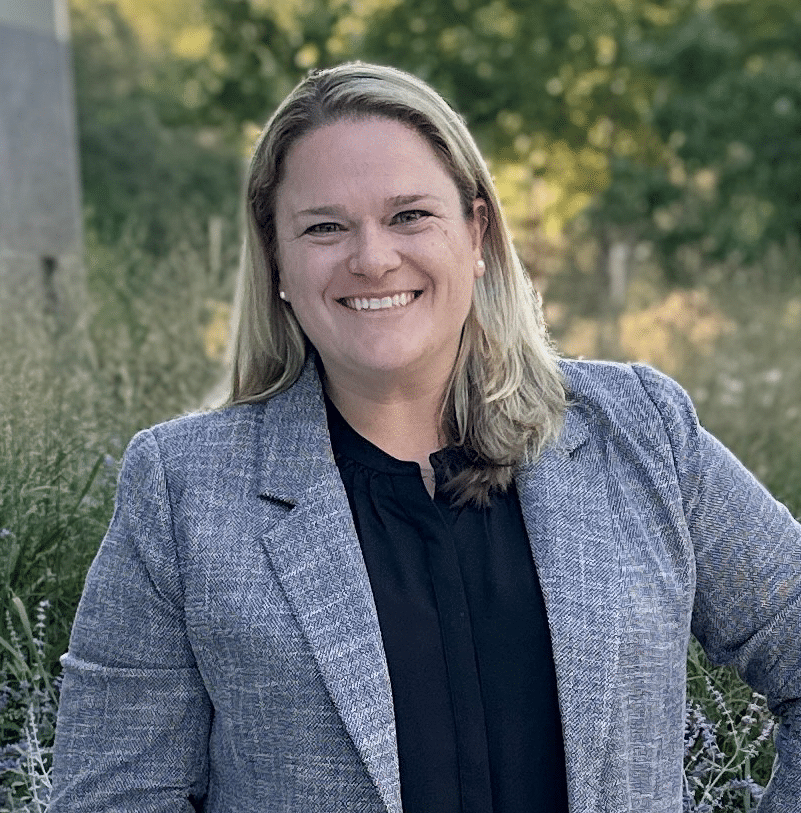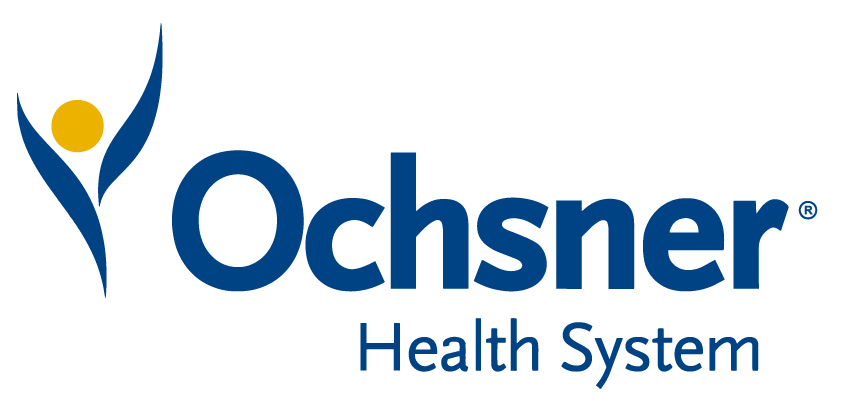


Every OR has open time—the real question is, what are you doing with it? For Inova Health System, the answer was millions in potential revenue and dozens of unbooked hours, hiding in plain sight. But instead of accepting lost capacity as the cost of complexity, they took a different path, one built on real-time data, scheduling governance, and frontline empowerment. In this session, Inova shares how they turned reactive scheduling into a scalable system of predictive orchestration.
Learn how their team:
Beyond the numbers, you’ll hear how they built cross-role buy-in, sustained adoption, and proved ROI with data that stands up in the boardroom. If you’re still relying on emails, spreadsheets, or hallway negotiations to fill OR time, this session offers a roadmap to unlock hidden capacity and the operational clarity to sustain it.





Take the first step towards unlocking capacity, generating ROI, and increasing patient access.